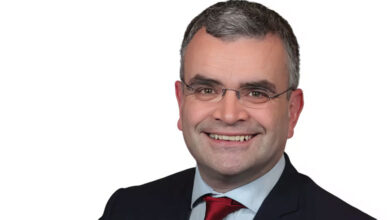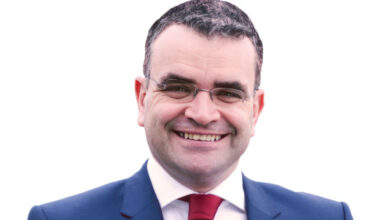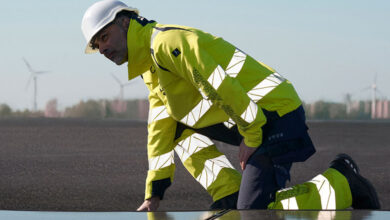Towards a National Better Work Strategy

Four proposed actions to improve job quality in Ireland through the ‘better work’ agenda are outlined in a report published in July 2024 by the National Economic and Social Council’s (NESC) titled Towards a National Better Work Strategy.
Better work is a concept of job quality based on material measures like wages, and non-material measures like autonomy. The report claims implementing better work leads to improved productivity, more robust recruitment and retention, and enhanced service and product quality.
The report also illustrates the benefits it can have for wider society, stating it improves living standards, creates more sustainable jobs, reduces poverty and inequality, improves the economy, and supports social cohesion.
The proposed actions outlined in the report are:
- to establish sectoral taskforces to build productivity and resilience in sectors with capacity to support better work;
- to collaborate with social partners on the delivery of a national strategy for better work;
- to conduct research to provide evidence in support of better work; and
- to promote workplace innovation to improve skills, thus increasing productivity.
Challenges and reforms
Informing the proposed strategy, the report traces challenges facing businesses arising from labour market reforms already introduce or in progress. Such reforms include the replacement of the national minimum wage with the statutory living wage by 2026, statutory sick pay, and enhanced parental leave.
Analysis of reforms by the Irish Government Economic and Evaluation Service (IGEES) found they “will lead to benefits that accrue to both the individual employee and to broader society”. However, it notes that it will also lead to additional costs for businesses, stating there must a “trade-off” between low-income employees who will benefit from reforms, and low-margin businesses that will be worst impacted by them. Some firms will not be able to absorb costs, leading to reduced working hours or job losses for workers, and higher prices for consumers.
The report asserts that a strategy can mitigate the impact of these reforms on businesses, while realising their potential to improve employee wellbeing and increase productivity.
On increasing productivity, the report outlines how it is enhanced by increasing wages and vice versa. As identified by the European Commission, “a significant productivity gap” has opened up between large and small enterprises in Ireland, reducing the capacity small enterprises have to increase wages. This poses a significant problem for the labour market as 69.2 per cent of workers in Ireland are employed by smaller firms.
To address this, the NESC states that increased productivity can be achieved through enhanced employee engagement enabled by human resource management. This includes tailored sectoral programmes to “foster and deepen the quality of employee engagement”.
Policy
NESC traces gaps in data regarding the monitoring of job quality and fair work, suggesting that a national better work survey be conducted to address this, potentially on an all-island basis. A research programme, containing the views of employees, is pinned as vital in informing policy action to support better work.
Policy and institutional arrangements must be installed to support the implementation of the proposed strategy, the report notes. It points to the success of Scotland and Wales in implementing the Fair Work agenda, facilitated by the establishment of dedicated policy units. The report recommends adopting a similar approach to deliver the strategy for better work, noting that policy must balance the impacts of associated costs arising from better work, and its impact on the quality of public services.
NESC cautions that policy must be drafted in an inclusive manner to improvement the engagement of minority groups with the labour market, whom the report asserts face barriers to employment.
Building on the notion of a sectoral approach, the Strategy recommends the establishment of sectoral task forces to support the better work agenda. Pointing to the success of sectoral forums for the ‘Fair Work’ agenda in Scotland and Wales, the report states that this can “highlight the sector-specific issues and challenges of better work”. Adopting this approach can enhance productivity, increase investment, and enhance skills development, according to the report.
Skills development is pinned as a key priority in the strategy so workers can meet changing skills demands “generated by globalisation, demographic change, and the green and digital transitions”. A 2023 OECD study, Skills Strategy Ireland, cited in the report, notes that skills development has been “a consistent public policy priority” in Ireland, but asserts that many workers do not have the necessary skills to succeed in the labour market of the future. To address this, the OECD recommends that Ireland “reinvigorate its strategic focus on workplace innovation”, a suggestion endorsed by NESC.
In July 2024, the Department of the Taoiseach welcomed the publication of the report, asserting that its recommendations are “fully aligned with the Programme for Government 2020 and the White Paper on Enterprise 2022-2030”. However, as of May 2025, the recommendations have not yet been implemented.





